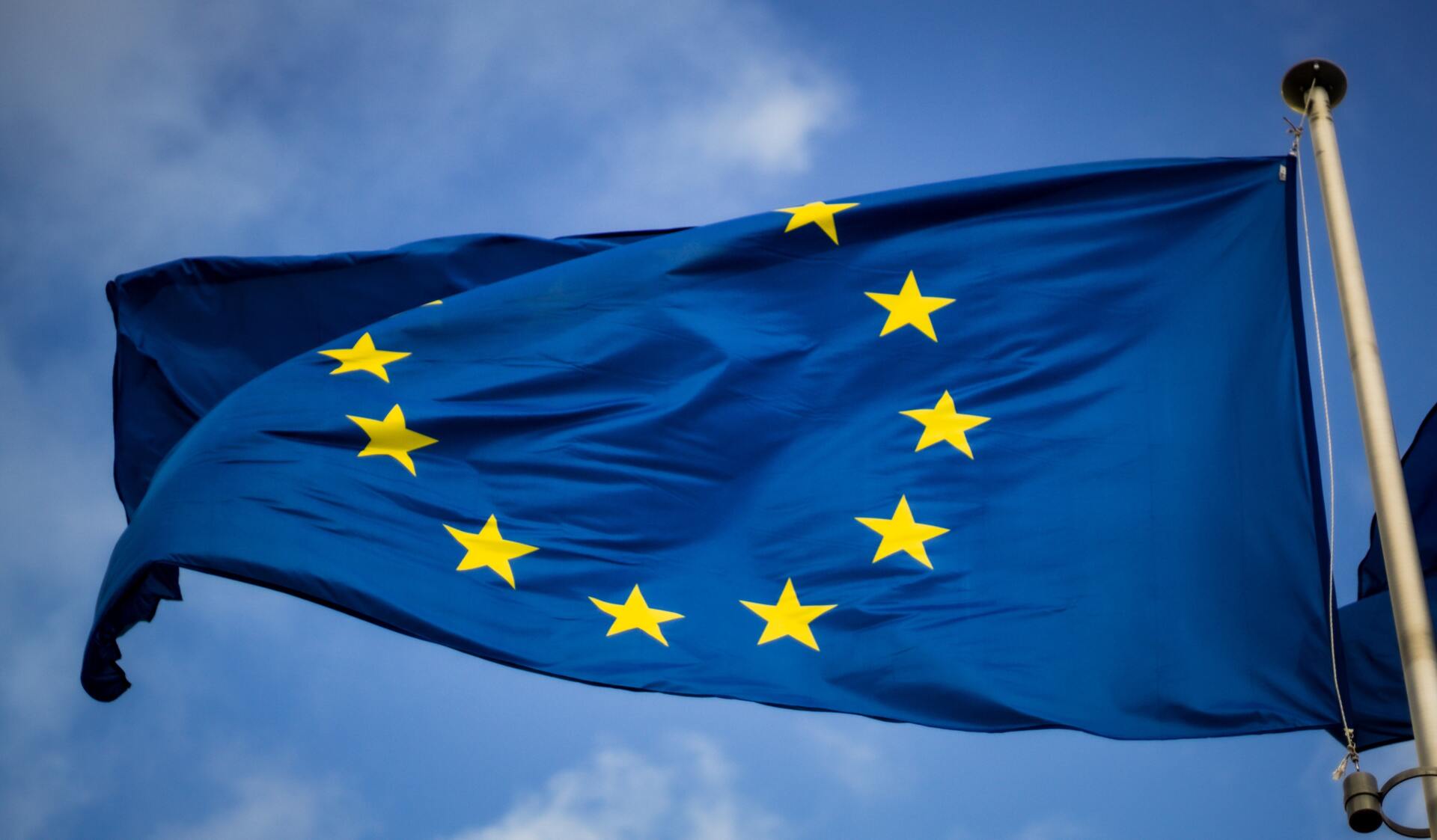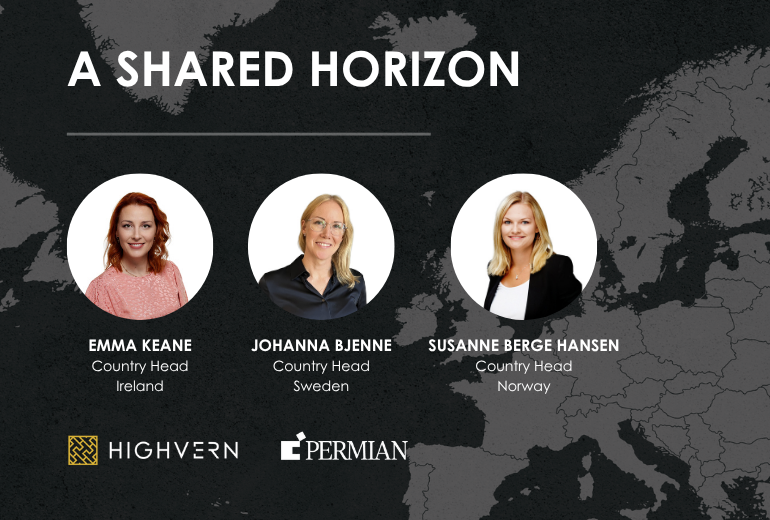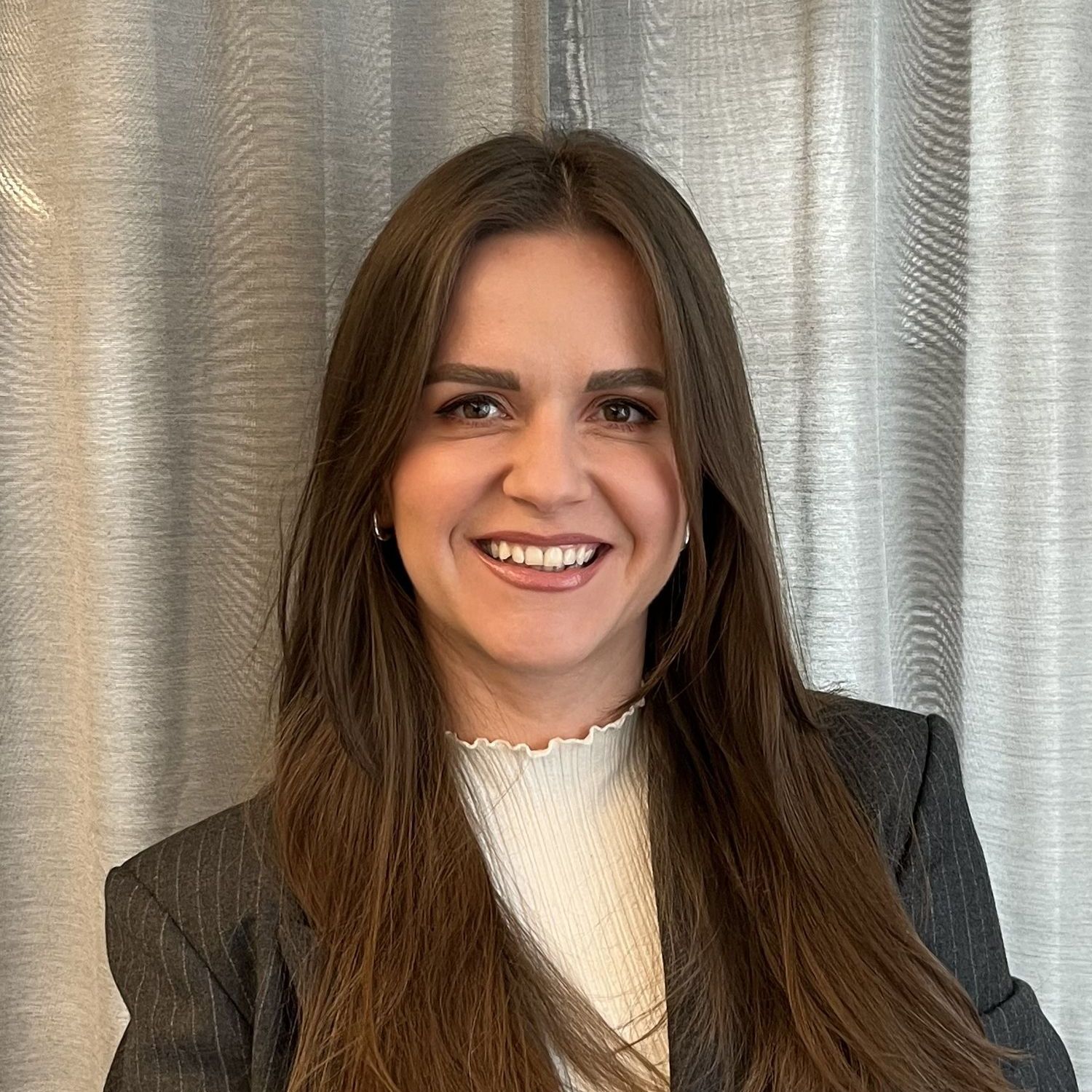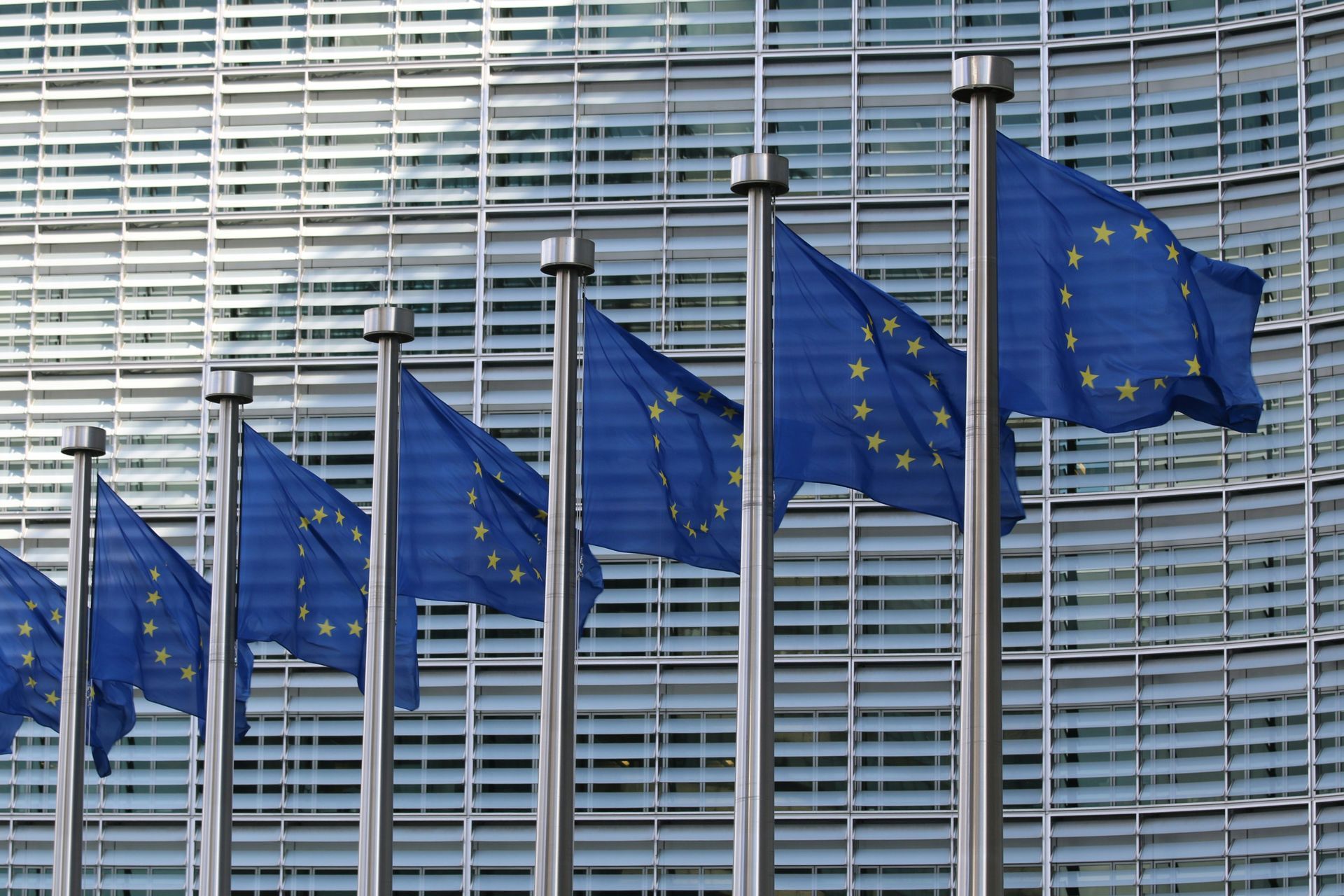SFDR update: What it means for asset managers - June and July 2025
Several interesting publications from public authorities regarding the Sustainable Finance Disclosure Regulation EU 2019/2088 (SFDR) and linked sustainability regulations have been made during June and July 2025. Our main takeaways for Swedish and Norwegian AIFMs are listed below.

ESMA promotes clarity in sustainability-related communications
On 1 July 2025, ESMA published a thematic note on sustainability-related claims used in non-regulatory communications. The note focuses on the use of labels and rewards. The main message in the note is that non-regulatory communications such as marketing materials and voluntary reporting should be fair, clear and not misleading. The note includes examples of good practices and poor practices as well as do’s and don’t’s.
Please click here for a link to ESMA’s publication.
Permian comment: Since the note highlights the importance of avoiding greenwashing, AIFM’s are best advised to ensure that all information to investors, potential investors and others is aligned with the regulatory sustainability reporting. For this to happen, AIFM’s compliance team could work together with the marketing team. These are a few topics that could be considered:
- Information that is missing: This is often the case for AIFMs when publishing data. The note recommends including information on limitations of information and data and metrics used.
- Information kept up-to-date: Since information should be kept up to date, it is good practice to include in the annual compliance wheel to check, not only regulatory disclosures, but also (material) non-regulatory communication on at least a yearly basis.
- Claims about industry initiatives: Avoid referencing an initiative once the AIFM has left it.
Final report from ESMA on the integration of sustainability risks and disclosures
On 30 June 2025, ESMA published a summary report of a thematic review conducted by supervisory authorities in the EEA during 2023-2024. The aim of the review was to investigate whether authorised managers, being UCITS and AIFMs, complied with the SFDR and organizational requirements in the AIFMD and UCITS framework on sustainability risks.
Please click here for a link to ESMA’s publication.
Some of the main takeaways from the report:
- Avoid making generic or excessive claims with regarding sustainability characteristics, and ensure marketing materials, pre‑contractual documents, website disclosures, and periodic disclosures are consistent.
Permian comment: It is important that all sustainability-related disclosures provided by the AIFMs are consistent and clear on how the characteristics are measured and fulfilled. To achieve this, AIFMs compliance and marketing teams could work together. On top of this, it is good practice to always review all periodic reports against the commitments made in the pre-contractual and website disclosures.
- Ensure that sustainability risks are integrated in the decision-making procedures and in the AIFM’s organization. According to the report, on a structural level sustainability risks in the portfolio are often dealt with by the investment team and risk manager. The conclusion in the report is that managers, generally, monitor sustainability risks on a continuous basis.
Permian comment: In general, AIFM’s updated their policies in 2022/2023 by including the concept of sustainability risks in several areas such as in the conflict-of-interest policy. This was a result of an amendment in the Delegated Regulation (EU) No 231/2013 (“AIFMR”) which entered into force 1 August 2022. For a revisit of the regulation amending the AIFMR, please find it here.
Permian comment: Managers may consider documenting training programs and FTE allocations for ESG tasks to demonstrate commitment and preparedness in case of regulatory scrutiny.
- Ensure clear definitions and robust procedures to identify and manage greenwashing-related conflict of interest.
Permian comment: For AIFM’s in general, it may be difficult to point out a materialized greenwashing risk under the conflict-of-interest policy. Instead, we assess that greenwashing is avoided by setting a proper structure in the investment process to ensure that sustainability risks are considered ahead of an investment. As a good example, a separate one-pager could be included in the investment memorandum covering sustainability risks as well as other relevant regulatory SFDR matters depending on type of fund.
- The report includes good and bad examples in several areas. One such area is the disclosure of PAI data at entity level and product level.
Permian comment: These sections are a recommended read to assess good and bad examples or find information about various methodologies used by other asset managers.
Report from the NFSA of asset managers’ compliance with the SFDR
On 25 June, the Norwegian Financial Supervisory Authority (the “NFSA”) published a report of Norwegian asset manager’s compliance with the SFDR.
Key Contacts













